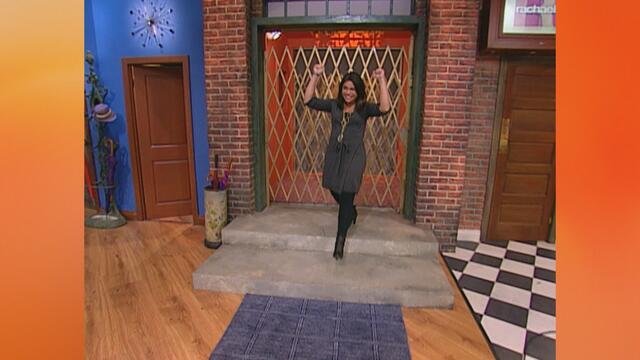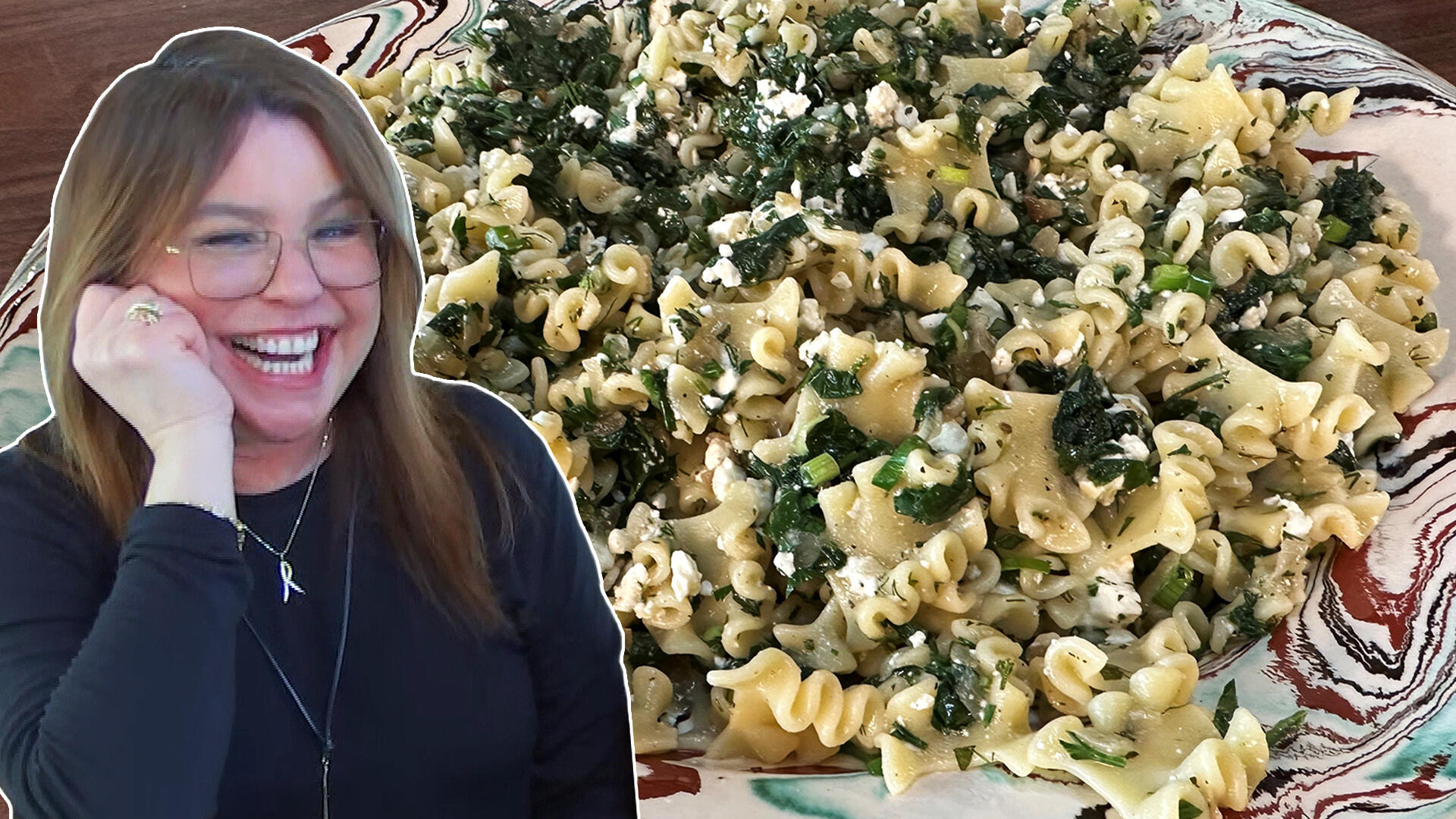

Choosing The Perfect Color Palette | Interior Design Pro John Gi…

Q&A with Organizational Pro Peter Walsh + Dermatologist Shares A…

Actor Hank Azaria + Freezer Meals + Artichokes 2 Ways with Rach

See Inside Barbara Corcoran's Stunning NY Apartment + It's Steak…

How to Make Chicken and Lobster Piccata | Richard Blais

Donnie Wahlberg Spills Details About NKOTB's First Ever Conventi…

Donnie Wahlberg + Jenny McCarthy Say Rach Is Such a "Joy" + Look…

The Best Moments From 17 Seasons of the Show Will Make You Laugh…

How to Make Crabby Carbonara | Rachael Ray

Rach Chats "Firsts" In Flashback From Our First Episode Ever In …

How to Make Apple-Cider Braised Pork Chop Sandwiches with Onion …

Rach's Chef Pals Say Goodbye to Show in Surprise Video Message

How to Make Sesame Cookies | Buddy Valastro

How to Make Tortilla with Potatoes, Piquillo Peppers and Mancheg…

How to Make Shrimp Burgers | Jacques Pepin

How to Make Spanakopipasta | Rachael Ray

Andrew McCarthy Chokes Up Discussing Emotional Trip to Spain wit…

Celebrity Guests Send Farewell Messages After 17 Seasons of the …

Celebrity Guests Send Farewell Messages After 17 Seasons of the …

Andrew McCarthy Teases Upcoming "Brat Pack" Reunion Special

Michelle Obama Toasts Rach's 17 Years on the Air With a Heartfel…
Choosing the color scheme in your home can be really fun — or extremely daunting.
For our viewer Kelsey, it turned out to be both!
Kelsey, who craved color after growing up in a neutral-hued home, says, “I’m not afraid of color — and that’s not always a good thing.”
MORE: 4 Controversial Design Trends + How To Do Them The RIGHT Way
Case in point: Her bedroom, which, before our friend, interior design pro John Gidding, got his hands on it, was not-so-affectionately called “the sherbet room,” thanks to its clementine-and-pistachio color scheme.

(Hey, the heart wanted what it wanted!)
But even though John was giving Kelsey’s room a revamp, he still made sure to embrace her love of color, he just did so by sticking to a strict color scheme — three shades of blue and green, all with cool undertones.
And the result? Well, needless to say, she adored it! (Just watch the video to see her adorable reaction!)
MORE: How To Make Faux Brick Look More Realistic In 2 Steps
Now, how can you — whether choosing a palette for the first time or wanting to correct a previous palette gone awry — do this in your own home? John broke it down for us with four easy questions.
1. What’s the feeling you want to create in the space?
Is it energetic? Cozy? Warm? Serene? For Kelsey’s bedroom, John knew he wanted “warm, serene, and relaxed,” which is why he went for the cooler color palette, especially because of the particular lighting in her room — but we’ll get to that in a minute.
2. What other colors are already in the room?
Here, John says, you consider your furniture and accessories. Determine what colors you’re working with and stick to that palette — or consult your color wheel, as John demonstrates in the video, to find which colors are complementary. (Hint: They're the colors that are directly across from each other! So red complements green, and yellow complements blue.)
3. What is the purpose of the room?
Is it where you sleep? Eat? Work? Entertain? Soothing spaces call for cooler colors, while where the action’s happening, you might want brighter colors!
4. What is the lighting situation in the room?
Last, but not least, as alluded to above, is lighting. And we’re not just talking light fixtures, we’re talking sunlight. Kelsey’s bedroom faced south, which meant she got lots of bright light in there — yet another reason John decided to go cool with the coloring. That way, when the sun was up, the light would balance the brighter colors, as opposed to boosting them (and possibly making them far brighter than you’d care for them to be). Of course, the opposite is true, too — where you don’t get much light, a sunny shade can instantly brighten the space!




